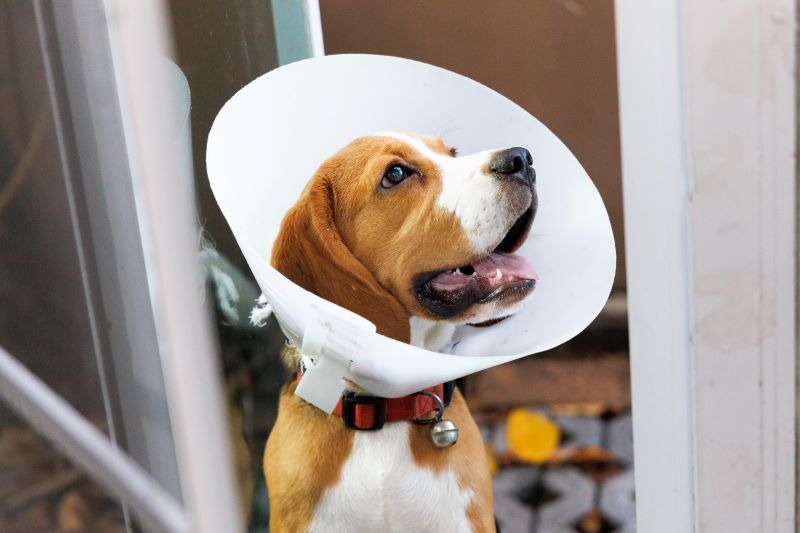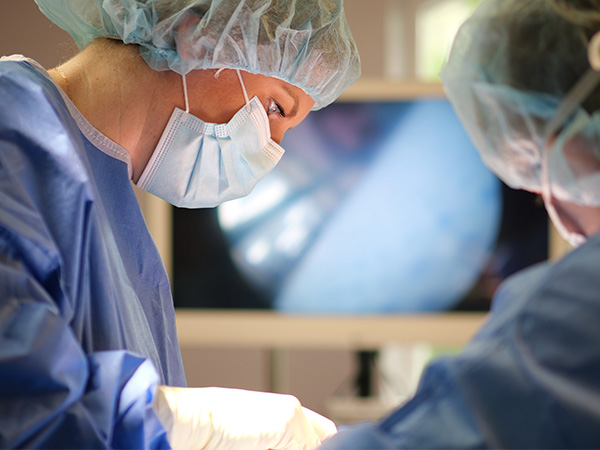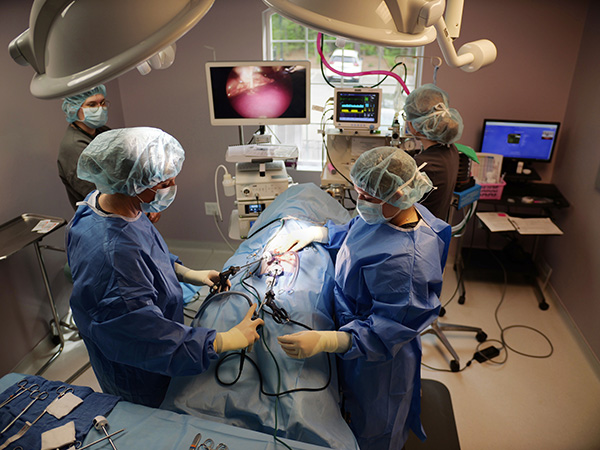
LOVE Spay: There’s a New Spay in Town and Everybody’s Talking
When spaying your female pet, you can choose between a Laparoscopic Ovariectomy (LOVE) spay and a traditional one. Both procedures aim to prevent unwanted pregnancies and reduce the risk of specific health issues. Still, LOVE spays are a less painful alternative and help your pet return to normal activities faster with fewer complications.
Traditional vs Laparoscopic Spay: What’s the Difference?
The primary difference between traditional and laparoscopic spay is the surgical approach and technique.
What is Traditional Spay?
Traditional spay, also known as an ovariohysterectomy, is the conventional method of spaying female pets. This surgery involves a single, larger incision (when compared to a LOVE spay) made in the abdominal wall through which the ovaries and usually the uterus are removed. This approach allows direct access to the reproductive organs and is widely practiced due to its long-standing use and familiarity among veterinarians. The larger incision required in traditional spay generally necessitates a longer healing and recovery time due to the increased trauma to the abdominal tissues.

What is Laparoscopic Spay?
A Laparoscopic – or LOVE – spay represents a more modern, minimally invasive approach. This technique uses small incisions and specialized equipment to view and operate inside the abdomen, resulting in less invasive removal of the ovaries. The surgeon operates with the aid of images displayed on a monitor from a camera inserted into the abdomen. This method reduces the physical impact on the pet because it involves smaller incisions, resulting in less pain and a quicker recovery period.

Benefits of Laparoscopic Spay Over Traditional Spay
While laparoscopic spays generally cost a little bit more, the benefits far outweigh the additional expense:
- Reduced Pain and Discomfort: Laparoscopic spay is associated with significantly less post-operative pain. The smaller incisions and reduced tissue manipulation result in less trauma, allowing your pet to recover more comfortably and quickly. Studies have shown that pets undergoing laparoscopic spay experience less pain than those with traditional spay surgery.
- Faster Recovery: Due to the procedure’s minimally invasive nature, pets typically recover faster from a laparoscopic spay. Your pet can return to her normal activities within a few days, whereas a traditional spay might require a week or more of restricted activity to prevent complications.
- Lower Risk of Complications: Laparoscopic spay carries a lower risk of surgical complications. The enhanced visualization the laparoscope provides allows for more precise surgical techniques, minimizing the risk of bleeding and infection. Smaller incisions also mean fewer opportunities for complications like wound infections or hernias.
- Less Scarring: The small incisions used in laparoscopic spay heal faster and with less scarring than the larger incision required for a traditional spay. This benefits your pet cosmetically and reduces the risk of long-term issues associated with scar tissue.
- Enhanced Visualization for the Surgeon: The high-definition camera used in laparoscopic procedures gives the veterinarian a magnified view of the internal organs, ensuring a more precise and controlled removal of the ovaries. This advanced visualization helps safeguard surrounding tissues and organs, contributing to safer surgery.
- Peace of Mind: Knowing that your pet is undergoing a minimally invasive procedure with a lower risk of complications can provide greater peace of mind.
- Long-Term Savings: Laparoscopic spay can actually be a wise investment, saving you additional costs due to reduced complications that may require additional veterinary care.
A Gentler Choice for Your Pet
Harmony Animal Hospital’s experienced team is committed to offering the highest standard of care and ensuring your pet’s health and happiness through every stage of life. Surgery can be stressful for both you and your pet, so finding ways to reduce pain, speed up healing, and minimize the risk of complications is a great approach.

